Tourists in Charleston Confront the City’s Racial History
Surging interest from visitors is contributing to a more honest telling of the city’s role in the American slave trade. But tensions are flaring as South Carolina lawmakers restrict race-based teachings.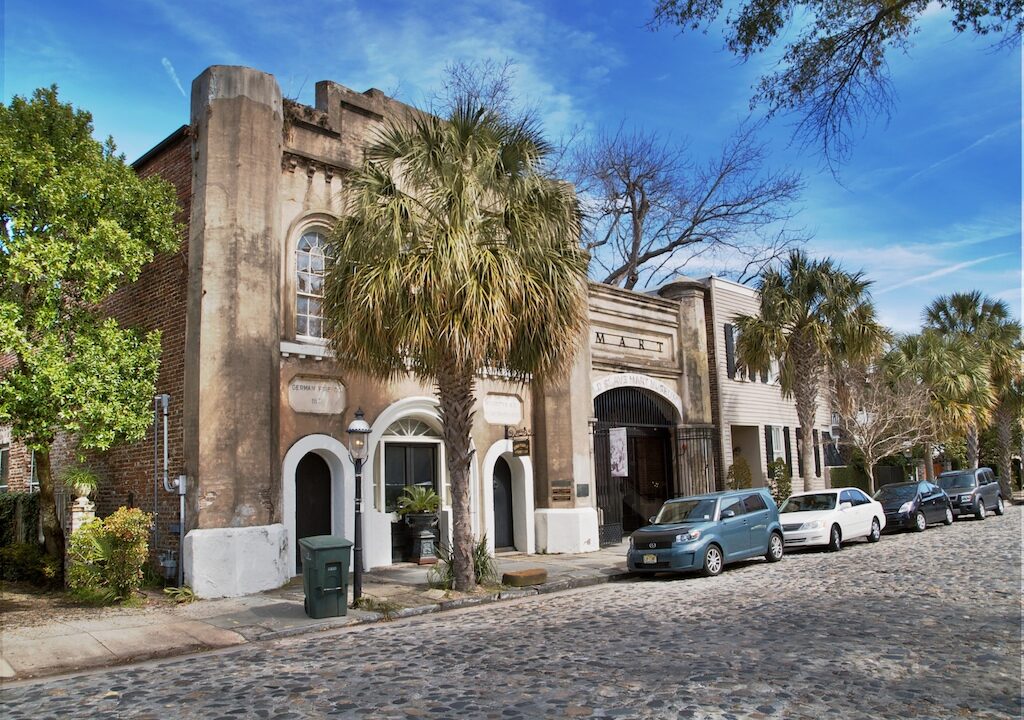 Old Slave Mart Museum, French Quarter, Charleston, SC by Benjamin Dahlhoff via Wikimedia Commons / CC BY-SA 3.0
Old Slave Mart Museum, French Quarter, Charleston, SC by Benjamin Dahlhoff via Wikimedia Commons / CC BY-SA 3.0
This story was originally published by ProPublica.
In his younger days as a carriage driver, Tony Youmans would strike a rapport with customers, nearly all of them white, as he prepared to show them around downtown Charleston, South Carolina. Youmans knew that long-whitewashed racial history lurked everywhere — beneath every cobblestone, every courtyard garden, the hooves of every draft horse he steered past the finely preserved antebellum structures.
But if he mentioned slavery or pointed out enslaved people’s quarters, “a couple would cringe and roll their eyes, so you quickly went back to the moonlight and magnolias.”
Today, he is part of a movement to tell a more complete story of the city. After 40 years in its booming tourism industry, he is seeing a huge shift in visitors’ reactions, from denialism to curiosity.
“African American tourism right now is red hot, especially in the South,” Youmans said. He sees this up close as manager of the Old Slave Mart Museum and director of the Old Exchange and Provost Dungeon, two key historic sites. “People are hungry for this information,” he said, “and they come to Charleston specifically looking for it.”
For generations, Charleston has been better known for its wartime history and physical beauty than the horrific institution that built it. But new interest from visitors, historians and armchair detectives alike is helping to unearth details of the painful past of this coastal city where about 40% of captive Africans arrived into American chattel slavery. Just last month, ProPublica reported how a graduate student discovered an 1835 newspaper advertisement for an auction of 600 people at the Exchange — marking the largest known slave sale in U.S. history. It had gone unrecognized as such for nearly two centuries.
Multiple companies now offer tours of Charleston emphasizing Black history and culture. Plantations that once described enslaved laborers as “servants” and “workers” hold Juneteenth commemorations. The City Council apologized for the city’s role in slavery. And an expansive new museum opened in June to tell the African American story at a wharf where thousands of captives once arrived to be sold.
Yet, as that redress gains potency, tensions are flaring. Republicans increasingly frame demands for a frank accounting of slave history as the exploitation of a bygone past to push “woke” agendas.
South Carolina’s GOP-controlled legislature enacted a measure similar to hundreds nationwide, concentrated in former slave states, that restrict teaching related to race. Since 2021, a budget provision has forbidden state education funds from being used to teach that any student “bears responsibility for actions committed in the past by other members of the same race” or that someone should feel “discomfort, guilt or anguish” due to race.
As a result, one school district near the state capital faced a lawsuit, and a student in a nearby district challenged a lesson about systemic racism. But it remains to be seen how the restrictions will impact racial reckoning in Charleston, an old city where buildings stand atop slave burial grounds and countless stories remain hidden.
It’s impossible to ignore for both white and Black Americans trying to grapple with the country’s original sin, whether they are descendants of enslaved people or those who enslaved them.
Tonya Matthews is ushering this once-ignored history out onto an enormous stage.
After 23 years of plowing through the indifference and denial that once permeated Charleston, the International African American Museum opened in late June. It stands at a downtown wharf where ships delivered an estimated 30,000 captives to sell.
It is hard to overstate the mammoth feat of raising $125 million to build a museum to share the African American experience in a city that a generation ago scarcely acknowledged the realities of slavery at all. Matthews, the museum’s president and CEO, often hears: “I never thought this would happen.”
Fresh off huge buzz around the museum’s opening, Matthews said she was more focused on telling that story than tracking the state’s political headwinds, which she called “a lot of noise at the top.” She doesn’t expect it to affect what the private museum teaches, nor does she hear much about it from people on the ground — the teachers and other visitors she called the “curious folks.”
But it’s impossible to ignore for both white and Black Americans trying to grapple with the country’s original sin, whether they are descendants of enslaved people or those who enslaved them.
“It’s all a very, very personal journey, which is why the noise is so threatening and striking and discouraging to everyone,” she said. “Because when we hear it, we take it in personally.”
Along with nine galleries and various traveling exhibitions, the museum also offers the Center for Family History to bridge gulfs in African American genealogy. That requires help from white families whose records often are the only ones that exist about Black people’s enslaved ancestors. The museum aims to provide a safe space for that exchange.
“One side is simply asking for the authentic story,” Matthews said. “And the other side is asking not to be judged.”
Christine King Mitchell is pushing Charleston’s slave history from obscurity to prominence at a small, city-owned museum tucked off a cobblestone road.
On a recent morning, she stood with her back to a row of windows that look out over what once was a four-story brick fortress, a barracoon called the “jail” where enslaved people for sale were housed. The complex included a “dead house,” a morgue. Today, the site is a private parking lot.
Mitchell works at the Old Slave Mart Museum, where many auctions moved after the city banned them at the Exchange and surrounding streets in 1856. From the dimly lit second floor, she tells an unvarnished story of slavery here and across Charleston. Record numbers of people are coming to hear it.
She began working at the Slave Mart a decade ago — and annual visitors have skyrocketed since, from about 30,000 to more than 80,000 last year. They now narrowly surpass visitors to the Exchange, one of the most historic colonial public buildings in the country.
Mitchell’s first audience of the day was a class from a private school in Greenville, a city three hours away in upper South Carolina. They listened with quiet intensity as she explained how slavery infused every vein of the city’s economy.
“You’re talking insurance companies making money, the shipbuilding industry making money…”
A big screen beside her projected an 1856 document titled: SLAVE POLICY. In it, Aetna Life Insurance Co. had insured a 24-year-old enslaved woman named Sebina for $600. “This city was built on the backs of Black people,” Mitchell said. “You can start to understand the tentacles.”
When she first read the policy about five years ago, she cried. For white people, slavery might seem distant. But to her, it feels very near. She remembers her first freeborn grandfather, “and I’m not 100 years old yet.” Now 67, she grew up in the 1960s picking cotton with her mother.
This history plays forward today. Mitchell, who wrote a new book, “The Business of Slavery,” noted the generational wealth gap that persists between Black and white people. The education disparities. The Black women paid 52 cents for every $1 a white man is paid in South Carolina.
After the class left, while waiting for the next one to file in, she explained the importance of her work. “If you understand the past, you understand the present.” She pointed an index finger and moved it in a circular motion toward the museum’s display panels, the chains under glass, the bricks in the walls with enslaved people’s fingerprints still pressed into them.
“It’s all of this.”
Only two buildings overtly acknowledge their histories despite the concentration of horrors that happened in the vicinity.
Lauren Davila is using archival research to unearth lost stories in what once was the heart of the local slave-trading district — although you’d hardly know it traversing the streetscape today.
Davila was a College of Charleston graduate history student when she began compiling a digital map of businesses connected to the slave trade around Broad Street, one of the city’s most iconic stretches. Rows of mostly two- and three-story buildings, many of them predating the Civil War, line the street. Wrought iron and columns adorn the structures, which today house law firms, restaurants and banks — with little indication of what they were once used for.
Only two buildings overtly acknowledge their histories despite the concentration of horrors that happened in the vicinity. “Charleston is really doing a disservice to locals, tourists and Black people as a whole by not acknowledging it,” said Davila, now an adjunct at the College of Charleston.
While searching Charleson newspaper archives last year for an especially prolific slave-trading firm, Davila paused at one of its advertisements. Published in 1835, the ad informed readers of the upcoming sale of 600 enslaved people. She had discovered the largest known slave auction in American history, a finding first reported by ProPublica in June.
The sale was held at the Exchange, a grand 1771 structure at the head of Broad Street. One of the two historical markers on the street that mention slavery stands outside the building, where city leaders once entertained George Washington. Installed in 2016, the marker describes how public auctions of enslaved people were held there.
The other marker, added in 2021, hangs on a bank building a block down that once housed a slave trader’s office. Margaret Seidler was researching her family tree when she discovered a notorious slave trader among her ancestors and then hired a deeds researcher who pinpointed the building as his former office.
Seidler, a white Charlestonian who funded some of Davila’s research training, has since been tracking down descendents of slave traders. Many she approached have cried when she presented evidence of their ancestors’ actions. Some privately thanked her.
Fewer are willing to publicly acknowledge it. Others won’t at all. They don’t see the point. One white descendant told her that slavery was unfortunate but is getting too much emphasis today. All the discussion did, he added, was give people ideas about reparations.
But another recently agreed to publicly acknowledge a prominent trader among her ancestors as a way to “recognize the importance of this truth being known and told as part of the history of Charleston.”
And soon, there could be a third marker a few doors down from the office of Seidler’s ancestor. Davila traced the building that once housed the firm that organized the sale of 600 people to 24 Broad St.
Since 1989, Stephen Schmutz has owned the building, an elegant salmon-colored structure where he has spent a long career practicing law. A large framed portrait of Martin Luther King Jr. hangs near his desk, a gift from the Racial Justice Network for his work. He also represented three families whose loved ones were among nine Black people murdered by a white supremacist in 2015 inside Emanuel AME Church, just a mile away.
Schmutz’s building stands close enough to the Exchange that someone standing outside might have heard wailing from enslaved families torn apart. When ProPublica told him that his building once housed a notorious slave-trading firm, he was stunned.
“It has been a lot of things,” he said. “But I didn’t know it had been one of those things.”
Davila has asked him to meet and discuss putting a marker outside his building; he told ProPublica he wouldn’t object.
Everywhere he goes in Charleston, the past feels very near.
Harold Singletary joined thousands of others celebrating the International African American Museum’s opening last month. Shortly after, he read ProPublica’s story about the sale of 600 people — and learned that several of his ancestors were among those sold.
They included the mother and grandparents of a woman Singletary so reveres that he named his business, BrightMa Farms, after her. It operates in part on the same 10-acre plot she farmed after the Civil War freed her.
He quickly realized that the farm’s corporate office sits barely a four-minute stroll from the Exchange, where his ancestors stood before potential buyers. He used to work for a developer on Broad Street near the building that housed the firm that sold them. It all felt very surreal.
He supports efforts by Davila and Seidler to put a marker outside so that others who walk by learn the story. “It’s connecting dots. It’s these conversations that never were had,” he said. “We are still in a position of changing the narrative.”
For him, teaching history isn’t an esoteric examination of dates and events. Everywhere he goes in Charleston, the past feels very near. As white lawmakers work to protect students from feeling discomfort while learning about their state’s racial legacy, Singletary wants them to consider how he experiences it. He wants them to know the pain he, and his children, feel walking past the place where their ancestors were sold or the building where the white men who orchestrated it grew rich.
Your support matters…Independent journalism is under threat and overshadowed by heavily funded mainstream media.
You can help level the playing field. Become a member.
Your tax-deductible contribution keeps us digging beneath the headlines to give you thought-provoking, investigative reporting and analysis that unearths what's really happening- without compromise.
Give today to support our courageous, independent journalists.
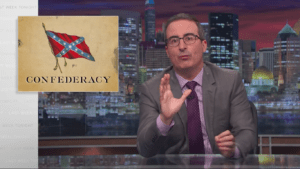
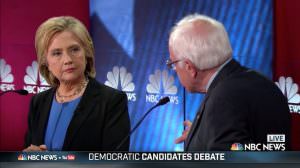
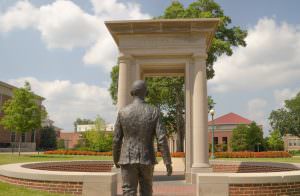
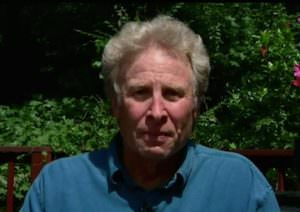

You need to be a supporter to comment.
There are currently no responses to this article.
Be the first to respond.